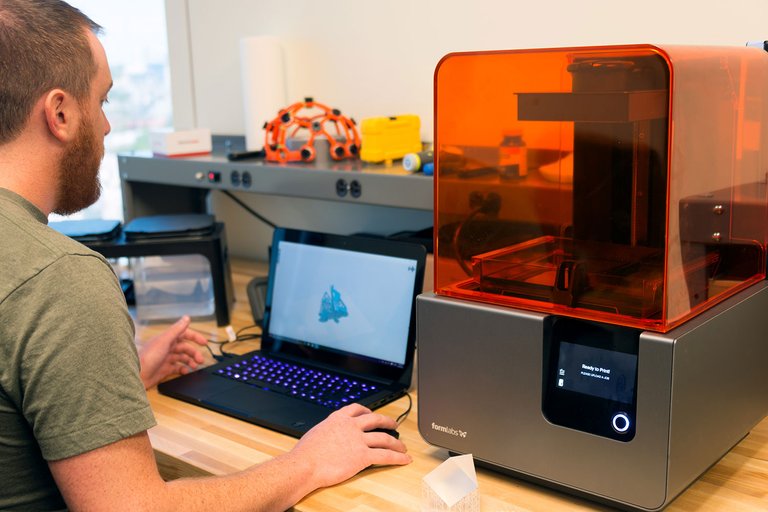
As 3D printers become more brilliant and keep on embedding themselves in assembling and item creation forms, they are presented to online transgressors simply like each other gadget and system. Security analysts propose an approach to keep programmers from attacking the yields of 3D printers: listen, precisely.
Presently, you're excused on the off chance that somebody hacking a 3D printer doesn't strike you as an especially terrible risk. However, they truly are beginning to be utilized for more than leisure activity and prototyping purposes: prosthetics are one regular utilize, and enhanced materials have made car and aviation applications conceivable.
The issue, as some security specialists have effectively illustrated, is that a programmer could assume control over the machine and not only close it down but rather bring blemishes into the printed objects themselves. All it takes is a couple of little air holes, a misalignment of inside struts or some such change, and out of the blue the part appraised to hold 75 pounds just holds 20. That could be disastrous much of the time.
Furthermore, obviously the attacked parts may appear to be indistinguishable to common ones to the stripped eye. What to do?
A group from Rutgers and Georgia Tech recommends three techniques, one of which is simple and sufficiently shrewd to incorporate broadly — somewhat like Shazam for 3D printing. (The other two are as yet cool.)
I don't know whether you've ever been beside a printer while it works, however it makes a racket. That is on the grounds that numerous 3D printers utilize a moving print head and different other mechanical parts, all of which create the typical cries, clicks and different commotions.
The specialists recorded those commotions while a reference print was being made, at that point nourished that clamor in bits to a calculation that orders sound so it can be perceived once more.
At the point when another print is done, the sound is recorded again and submitted for examination by the calculation. On the off chance that it's a similar completely through, odds are the print hasn't been messed with. Any noteworthy variety from the first solid, for example, certain operations finishing too quick or odd crests amidst typically level segments, will be grabbed by the framework and the print hailed.
It's only a proof of idea, so there's still opportunity to get better, bringing down false positives and raising imperviousness to surrounding commotion.
Or, then again the acoustic confirmation could be consolidated with different measures the group recommended. One requires the print make a beeline for be outfitted with a sensor that records every one of its developments. On the off chance that these contrast from a reference movement way, blast, hailed.
The third technique impregnates the expulsion material with nanoparticles that give it a particular spectroscopic mark. On the off chance that different materials are utilized rather, or air holes left in the print, the mark will change and, you got it, the protest hailed.
Like with the DNA-based malware vector, the hacks and countermeasures proposed here are theoretical right now, however it's never too soon to begin contemplating them.
"You'll see more sorts of assaults and also proposed guards in the 3D printing industry inside around five years," said Saman Aliari Zonouz, co-creator of the investigation (PDF), in a Rutgers news discharge.
What's more, similar to the DNA inquire about, this paper was exhibited at the USENIX Security Symposium.